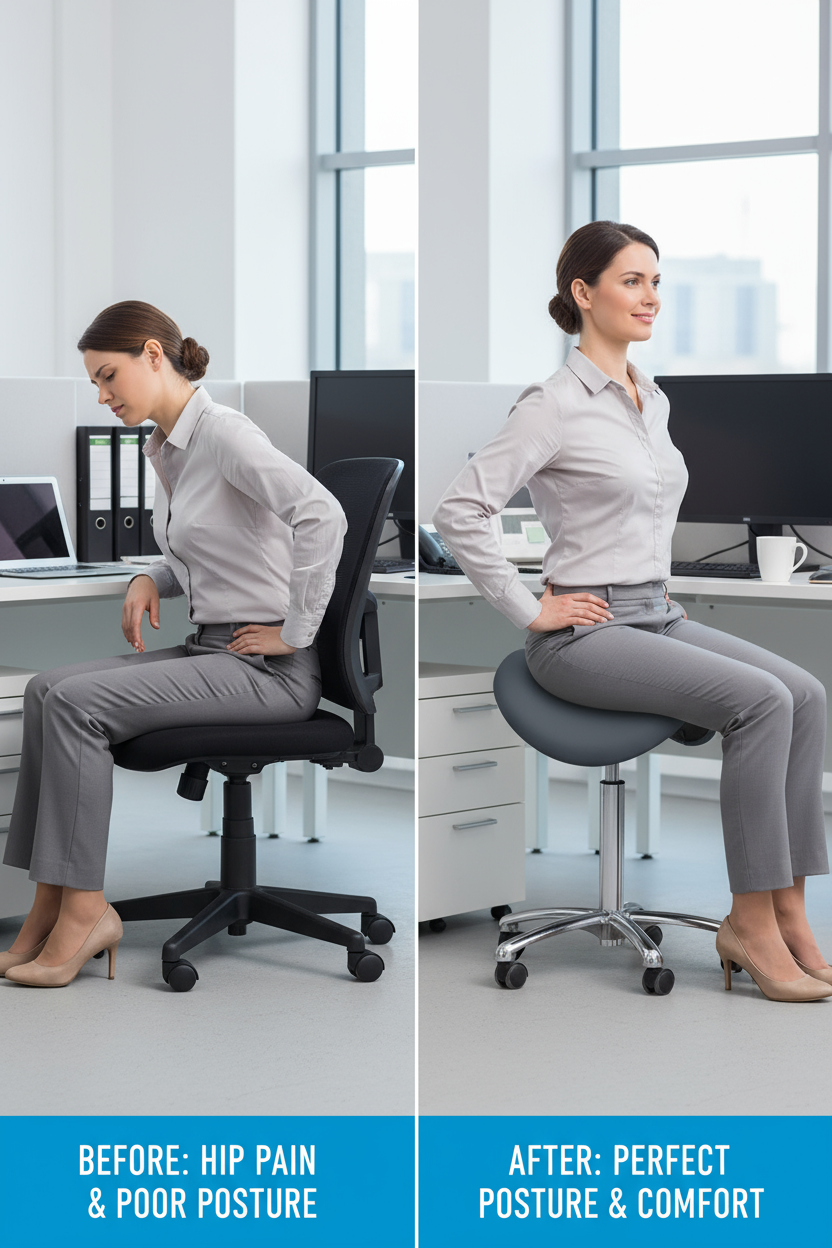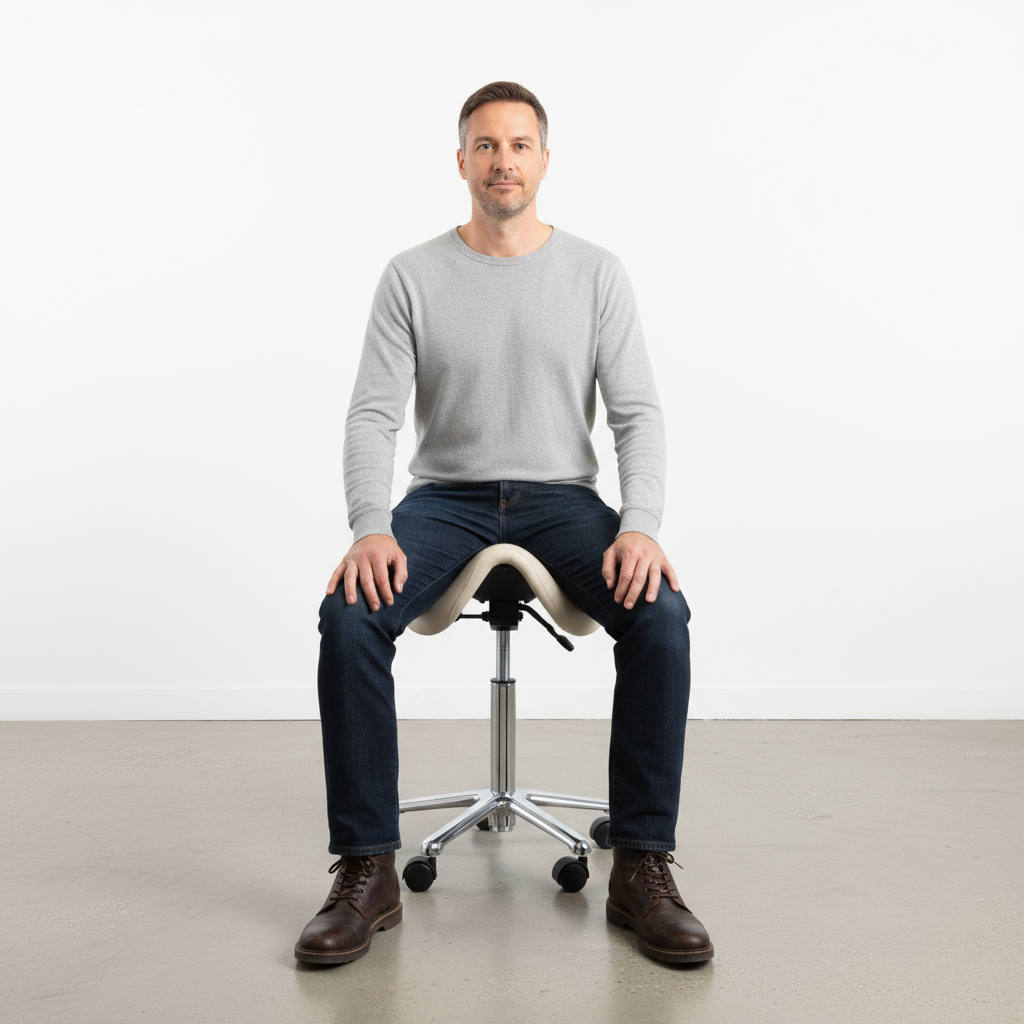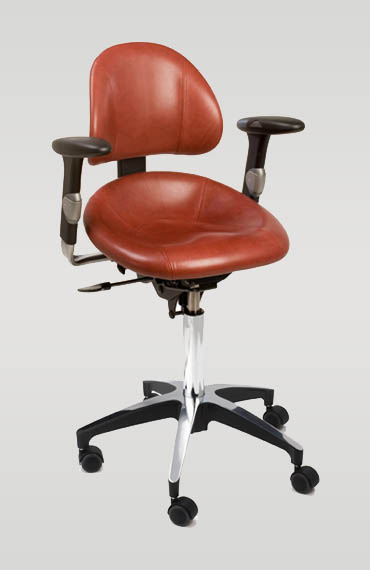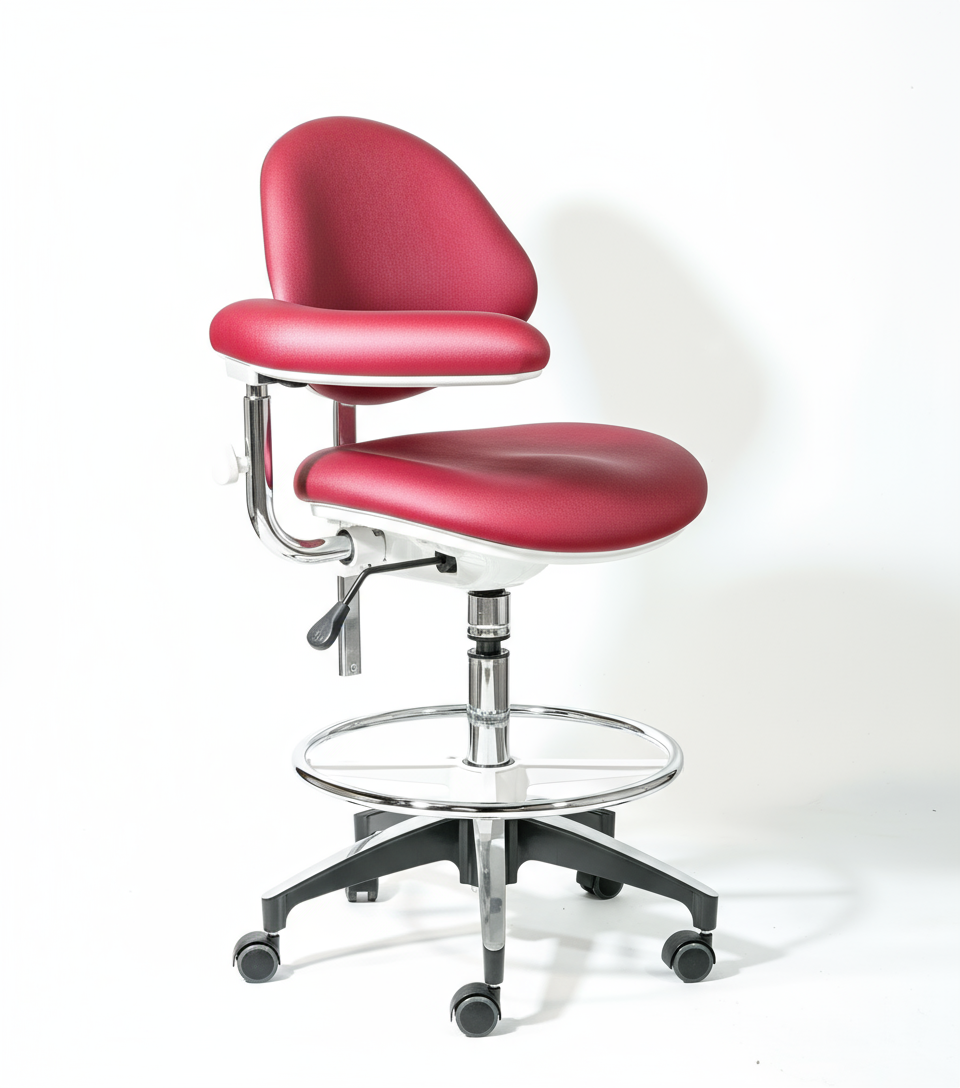Share
The Surprising Connection Between Hip Pain and Your Office Chair
Why your mysterious hip discomfort might be caused by what you're sitting on
Jennifer, a 34-year-old marketing manager, couldn't understand why her hips had started aching. She exercised regularly, had no history of injury, and was otherwise healthy. Yet every afternoon, a deep, persistent pain would settle into her hip joints, making it difficult to walk comfortably or climb stairs. After months of frustration and unsuccessful treatments, her physical therapist asked one simple question: "What kind of chair do you sit in at work?" The answer changed everything.
Jennifer's story isn't unique. Across the country, millions of people are experiencing chronic hip pain that seems to have no clear cause. They've tried everything—stretching, massage, pain medication, expensive ergonomic accessories—but the discomfort persists. What they haven't considered is that the source of their pain might be something they interact with for 8+ hours every single day: their office chair.
The connection between office seating and hip pain is one of the most overlooked yet significant health issues of the modern workplace. While we've become aware of how chairs affect our backs and necks, the devastating impact on our hip joints has remained largely hidden—until now.
Understanding Your Hip Anatomy: Why Position Matters
To understand how your office chair creates hip pain, we need to look at the complex anatomy of the hip joint and surrounding muscles. Your hips are ball-and-socket joints designed for incredible mobility and stability. However, this flexibility comes with a vulnerability: the position you hold most frequently becomes your body's "new normal."
The Hip Flexor Trap
When you sit in a traditional office chair, your hips are bent at approximately 90 degrees for hours at a time. This position places your hip flexor muscles—particularly the psoas and iliacus—in a shortened state. Over time, these muscles adapt to this length, becoming tight and inflexible. When you finally stand or walk, these shortened muscles pull on your hip joints and lower back, creating the deep, aching pain that characterizes hip flexor syndrome.
Joint Compression and Reduced Circulation
Traditional seating also compresses the hip joint itself. The 90-degree angle creates pressure within the joint capsule and reduces blood flow to the surrounding tissues. This compression contributes to inflammation, stiffness, and the gradual deterioration of joint health that manifests as chronic discomfort.
The Hidden Epidemic: How Common is Chair-Related Hip Pain?
Recent research from occupational health specialists reveals alarming statistics about hip pain in office workers:
- 67% of desk workers report regular hip discomfort or stiffness
- Hip flexor tightness affects over 85% of people who sit for more than 6 hours daily
- Office workers are 40% more likely to develop hip osteoarthritis compared to more active professions
- Deep hip pain is the second most common complaint after lower back pain in sedentary workers
- Most people don't connect their hip pain to their seating until the problem becomes severe
Dr. Kelly Starrett, a renowned physical therapist and movement specialist, notes: "Hip dysfunction from prolonged sitting is epidemic. We're seeing hip replacement surgeries in people decades younger than previous generations, and the primary culprit is our sedentary lifestyle and the chairs that enable it."
Why Traditional "Ergonomic" Chairs Miss the Mark
When people start experiencing hip pain from sitting, their first instinct is often to invest in an expensive ergonomic office chair. These chairs promise better support, multiple adjustments, and relief from discomfort. However, they fundamentally misunderstand the problem.
The 90-Degree Problem Persists
Even the most advanced ergonomic office chairs maintain the basic 90-degree hip angle that creates problems in the first place. Adding lumbar support, adjustable armrests, and premium cushioning doesn't change the fundamental positioning that shortens hip flexors and compresses joints.
Passive Support Weakens Natural Stability
Traditional ergonomic chairs provide passive support for your back and hips, which actually weakens the deep stabilizing muscles around your hip joints. Over time, this creates a dependence on external support and reduces your body's natural ability to maintain healthy hip position.
The Game-Changing Solution: Saddle Chair Benefits for Hip Health
While traditional chairs create hip problems, saddle chairs for hip pain address them at the source. The unique design principles of saddle seating directly counteract the mechanisms that cause chair-related hip discomfort:
Open Hip Angle: The Foundation of Relief
Saddle chairs position your hips at an open angle of 110-130 degrees, rather than the problematic 90-degree angle of traditional seating. This positioning keeps your hip flexors in a lengthened, healthy state throughout the day, preventing the shortening that leads to pain and stiffness.
Reduced Joint Compression
The forward-tilted pelvis position naturally achieved on a saddle chair reduces compression within the hip joint. This improved positioning enhances circulation, reduces inflammation, and allows the joint to maintain its natural mobility throughout the day.
Active Hip Stabilization
Unlike passive chair support, saddle seating requires gentle, continuous engagement of your hip stabilizing muscles. This active engagement strengthens the deep muscles around your hip joints, improving long-term joint health and reducing pain.
Real Stories: Hip Pain Relief Through Better Seating
The theoretical benefits of saddle chairs for hip pain are impressive, but the real proof comes from people who've experienced the transformation firsthand:
"I Can Walk Pain-Free Again"
"After six months of increasing hip pain, I was considering physical therapy. Within two weeks of switching to a saddle chair, the deep aching in my hips was completely gone. I didn't realize how much the pain was affecting my life until it disappeared. Now I can walk, climb stairs, and even exercise without that constant discomfort." - Maria Santos, Accountant
"My Physical Therapist Recommended It"
"I was spending hundreds on PT sessions for hip flexor problems. My therapist finally asked about my work setup and immediately recommended a saddle chair. Three months later, my hip flexibility has completely returned, and I haven't needed a PT session since." - David Kim, Software Developer
Medical Professional Perspectives on Saddle Seating for Hip Health
The medical community is increasingly recognizing the therapeutic benefits of proper seating for hip health. Physical therapists, orthopedic specialists, and occupational health experts are now recommending ergonomic saddle chairs as both preventive and therapeutic tools.
Dr. Stuart McGill, a renowned spine biomechanics expert, explains: "The hip-spine relationship is critical for pain-free function. Traditional seating disrupts this relationship by forcing the hips into flexion, which creates problems throughout the kinetic chain. Saddle seating restores natural hip positioning and allows the entire system to function as designed."
Clinical Evidence
Recent studies published in the Journal of Occupational Rehabilitation show that workers who switched to saddle seating experienced:
- 73% reduction in hip pain symptoms within 4 weeks
- Significant improvement in hip flexor length and flexibility
- Reduced inflammatory markers associated with joint compression
- Improved overall hip joint range of motion
Making the Transition: What to Expect
Switching to a saddle chair for hip pain relief is a process that requires patience and gradual adaptation. Here's what to expect during your transition:
Week 1-2: Initial Adaptation
You may experience some initial core muscle fatigue as your body adjusts to active sitting. Your hip flexors might feel strange as they begin to lengthen. This is normal and indicates that positive changes are happening.
Week 3-4: Noticeable Improvement
Most people begin to notice reduced hip stiffness and pain during this period. Walking feels easier, and the deep aching sensation that characterized their hip pain starts to diminish.
Month 2+: Long-term Benefits
With continued use, people typically experience significant improvements in hip flexibility, reduced pain, and better overall mobility. Many report that activities they had begun avoiding due to hip discomfort become enjoyable again.
Investing in Your Hip Health: The Long-Term Perspective
Hip pain from sitting isn't just a minor inconvenience—it's a progressive condition that can significantly impact your quality of life. Left untreated, chronic hip flexor tightness and joint compression can lead to:
- Increased risk of hip osteoarthritis
- Chronic lower back pain due to compensatory movement patterns
- Reduced mobility and activity levels
- Potential need for more invasive treatments later in life
Saddle chairs represent a proactive approach to hip health—addressing the root cause of the problem rather than just managing symptoms. While the initial investment might seem significant, consider the long-term costs of chronic hip pain: physical therapy sessions, medical consultations, pain medications, and the immeasurable cost of reduced quality of life.
Your hips carry you through life. Don't let your chair be what brings them down.
Jennifer, whom we met at the beginning, made the switch to a saddle chair eight months ago. Today, she's completely pain-free and more active than she's been in years. Her story isn't unique—it's becoming increasingly common as more people discover the connection between their seating and their hip health.
The connection between your office chair and hip pain isn't just surprising—it's life-changing to understand. Every day you spend in traditional seating is another day of potential damage to your hip health. But every day you spend in proper, therapeutic seating is a step toward pain-free mobility and long-term joint health.
Don't wait for your hip pain to become unbearable before taking action. Your body is trying to tell you something important—and now you know how to listen.




